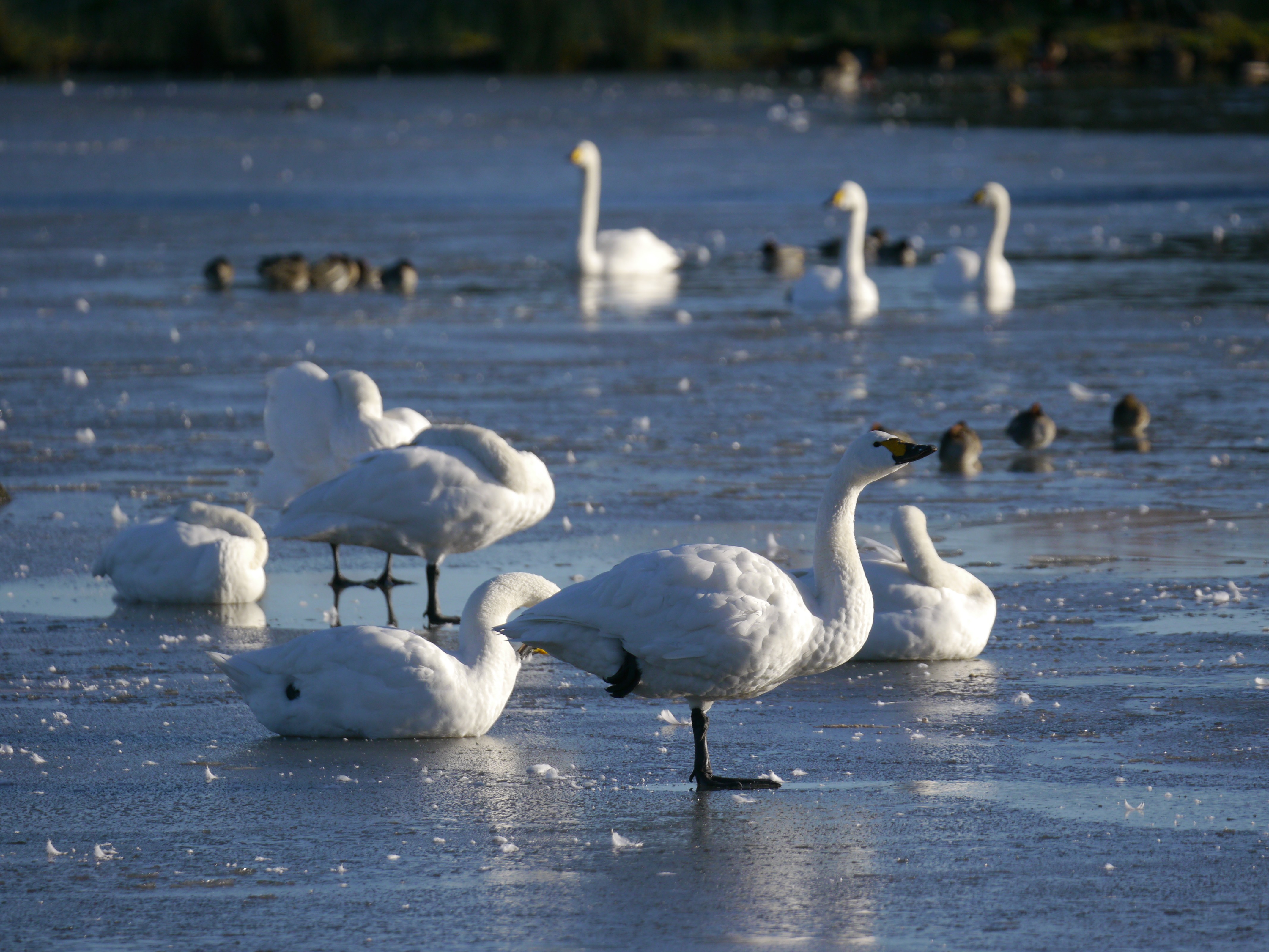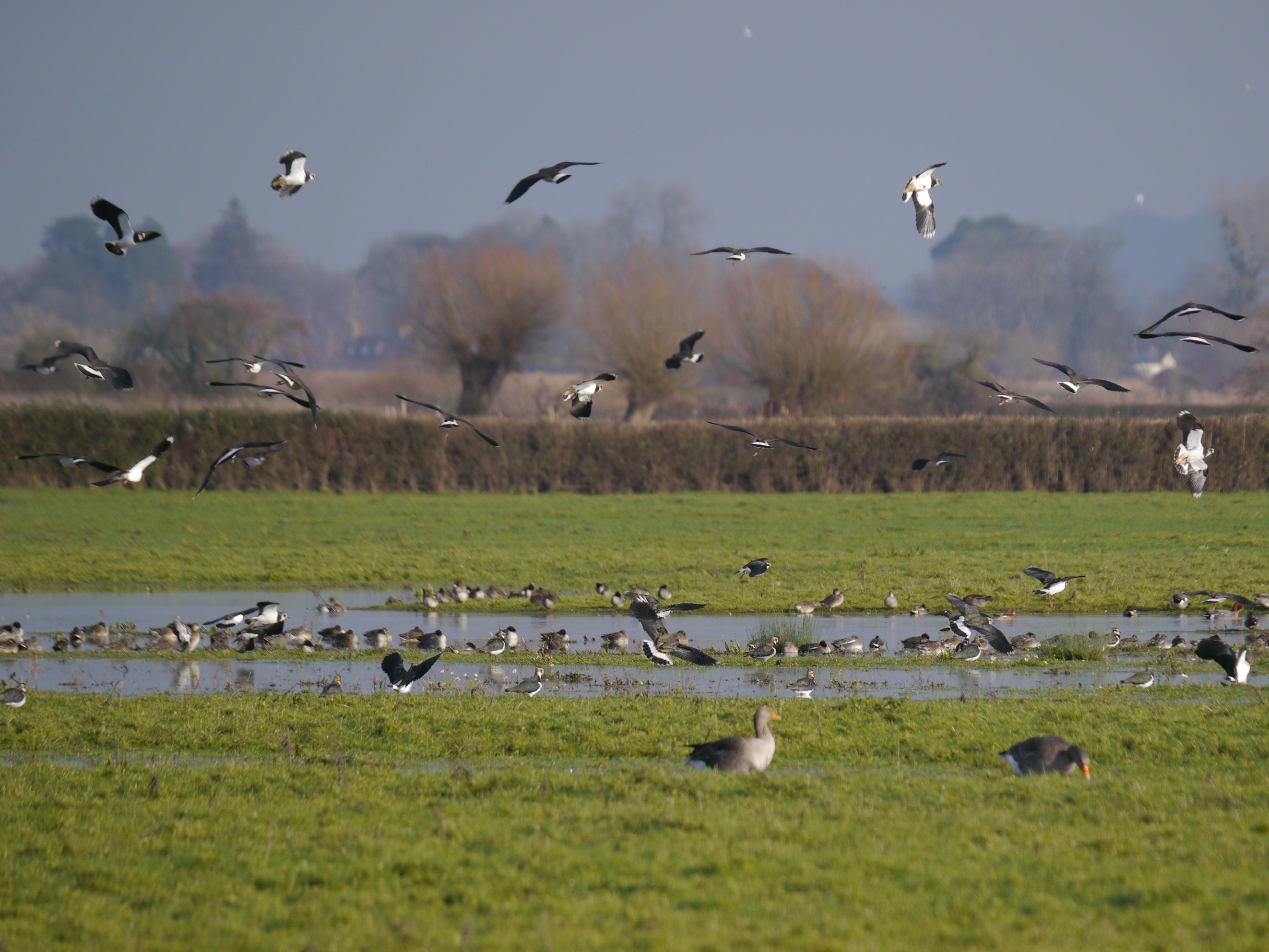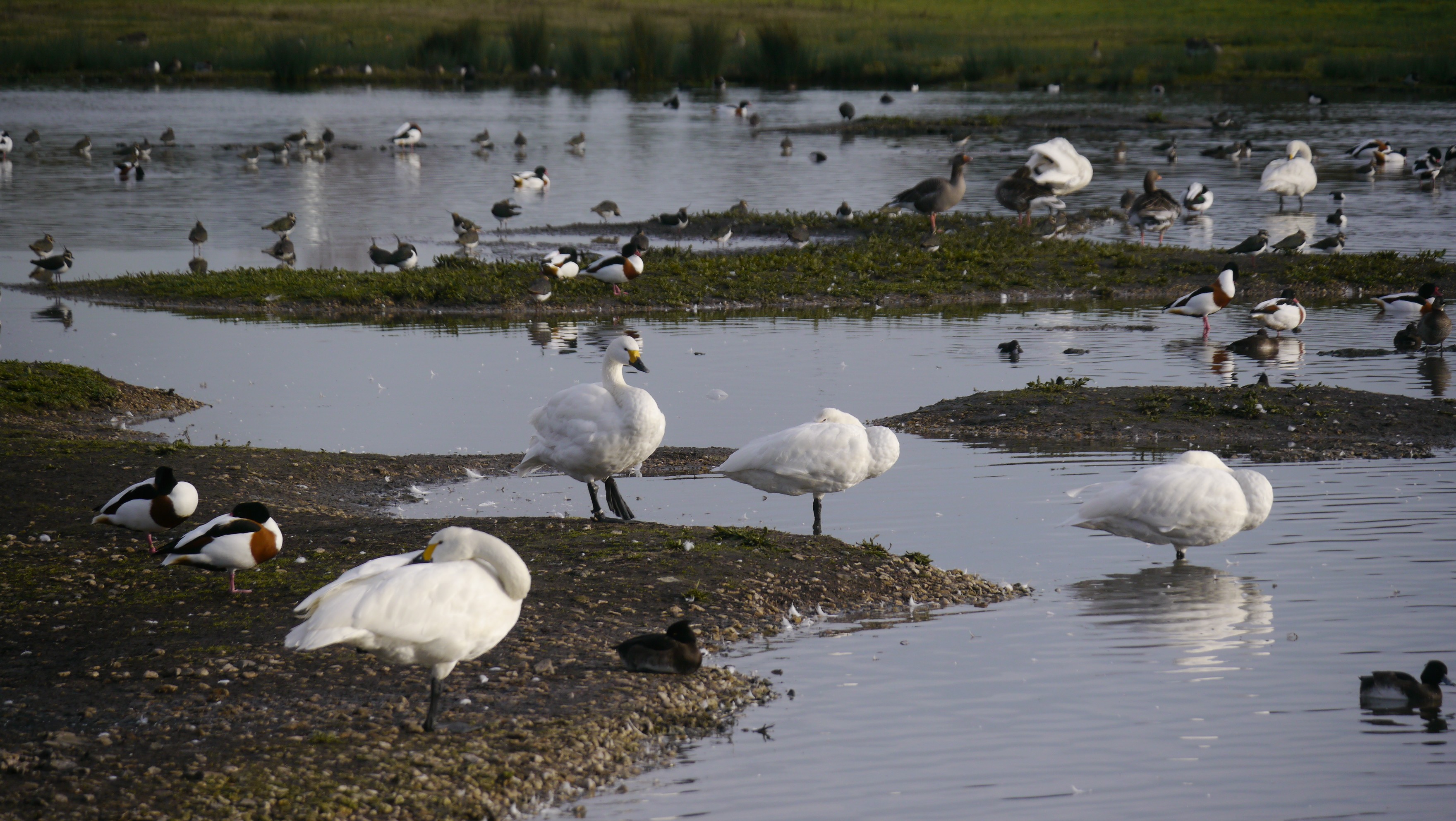What lurks below
We've been seeing lots of fish activitiy outside the Peng Observatory today on the Rushy, including one of our rarest species!
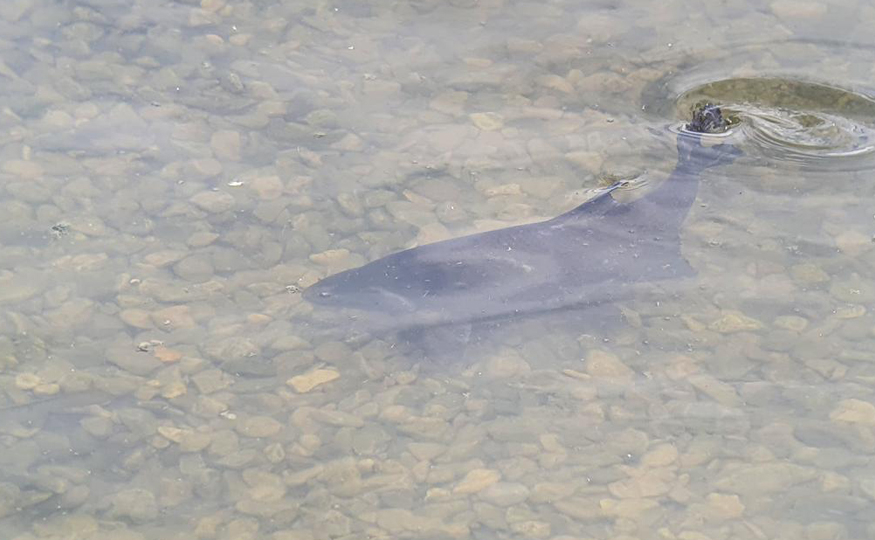
We've been seeing lots of fish activity outside the Peng Observatory today on the Rushy, including one of our rarest species. Amongst the Carp, Bream and other species are dozens of critically endangered European Eels!
The large fish are spawning in the shallows, and when the sun is shining brightly you can see into their watery world. Carp and Bream are the most obvious, but smaller fish are here too. Then look more closely and you'll see several European Eels, we think feeding on the fish spawn. Check out a short video here.
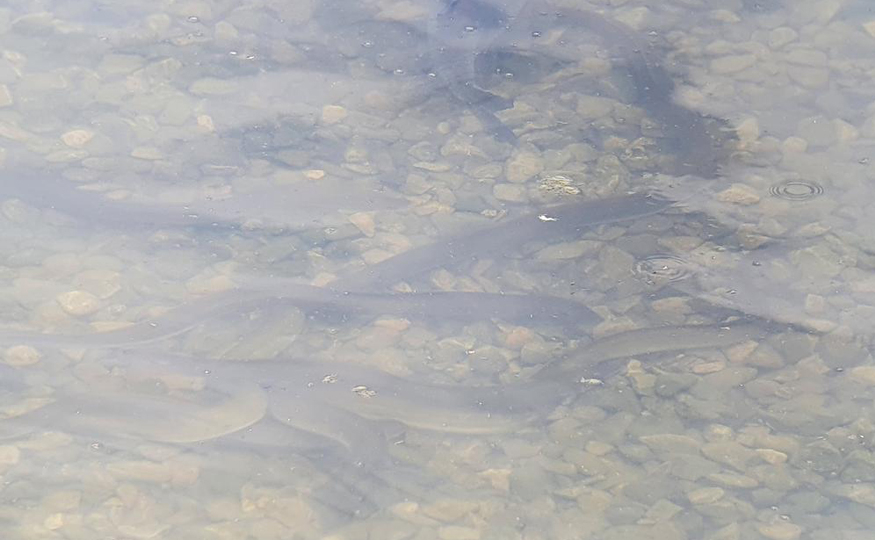
The species is classified as critically endangered by the IUCN Red List having seen a dramatic drop since 1980 of between 95-99% in the number of young eels, known as glass eels, returning to the UK to grow and mature, with a decline of around 80% of the adult population in the last 60 years. Find out more about the IUCN Red List for European Eels here.
WWT is working hard across the reserve, the wider Severn Estuary and river corridors to understand the problems eels face, and help improve their fortunes. Over the last few years we've been working with partners including Bristol Water to tag eels on the reserve to discover what barriers they face to return to the River Severn as they head off towards the Sargasso Sea to breed. We're also looking at the barriers that glass eels face when they arrive in the river as they try to head to our wetlands to grow. Find out more about the project here.
Find out more about WWT's work across the UK for eels here.
Rushy Hide
At least 17 adult Avocet were on the lower pond, with five nests still to hatch and seven chicks busy feeding. At least two broods have now left the Rushy and moved to the Tack Piece. The brood of five Shelduck are still here with their parents, and our pair of Little Ringed Plover are still on their nest with the extra male also remaining nearby. A drake Shoveler and 21 Gadwall were on the upper pond, and our Oystercatcher family are still on the Rushy too with all three chicks, spending time foraging outside the Scott House and Peng Observatory.
Summer Walkway / Middle Point
A small flock of waders on the mud this morning held two Knot and three Sanderling with ten Ringed Plover and seven Dunlin. Also of note were three Little Egret, a Grey Heron, 53 Black-headed Gull, 74 Shelduck including a brood of six ducklings, and five Curlew.
Robbie Garnett Hide
Four Great Egret (yes, four) were showing well this morning outside the hide, and also seen well from the Stephen Kirk Hide. Two broods of Avocet have moved from Rushy. Two Grey Heron were also noted along with the Ross's Goose amongst the Barnacle Goose flock.
Martin Smith Hide
We've temporarily closed the hide as a pair of Cranes are prospecting to nest close to the hide and need to be left undisturbed until they are settled. We'll update on their progress.
South Lake
A single Black-tailed Godwit was present this morning whilst the rest of the flock were on the Top New Piece from the Zeiss Hide. At least 31 Avocet chicks are on the wader scrape and duck marsh with accompanying adults. Both families of Oystercatchers still have two chicks.

